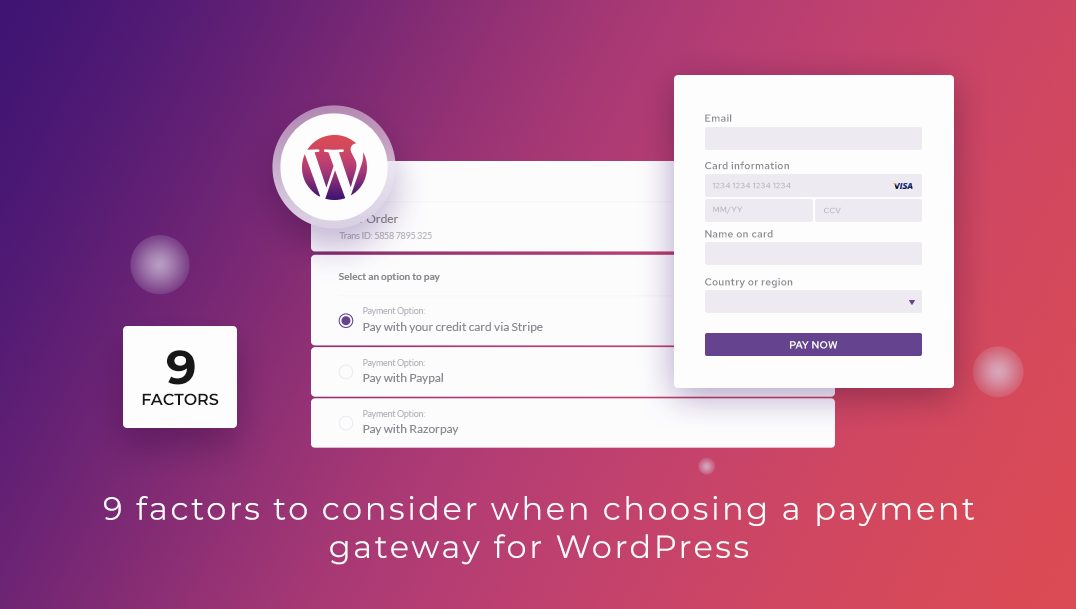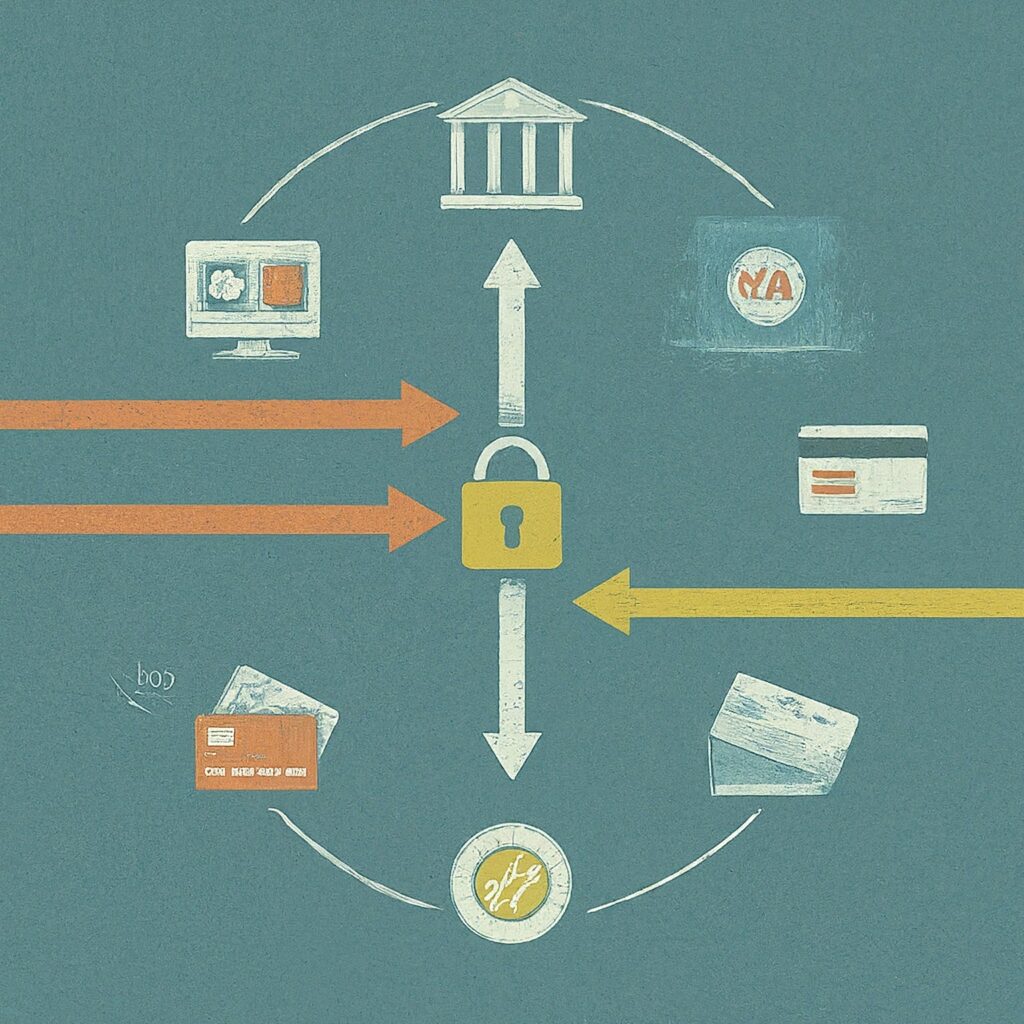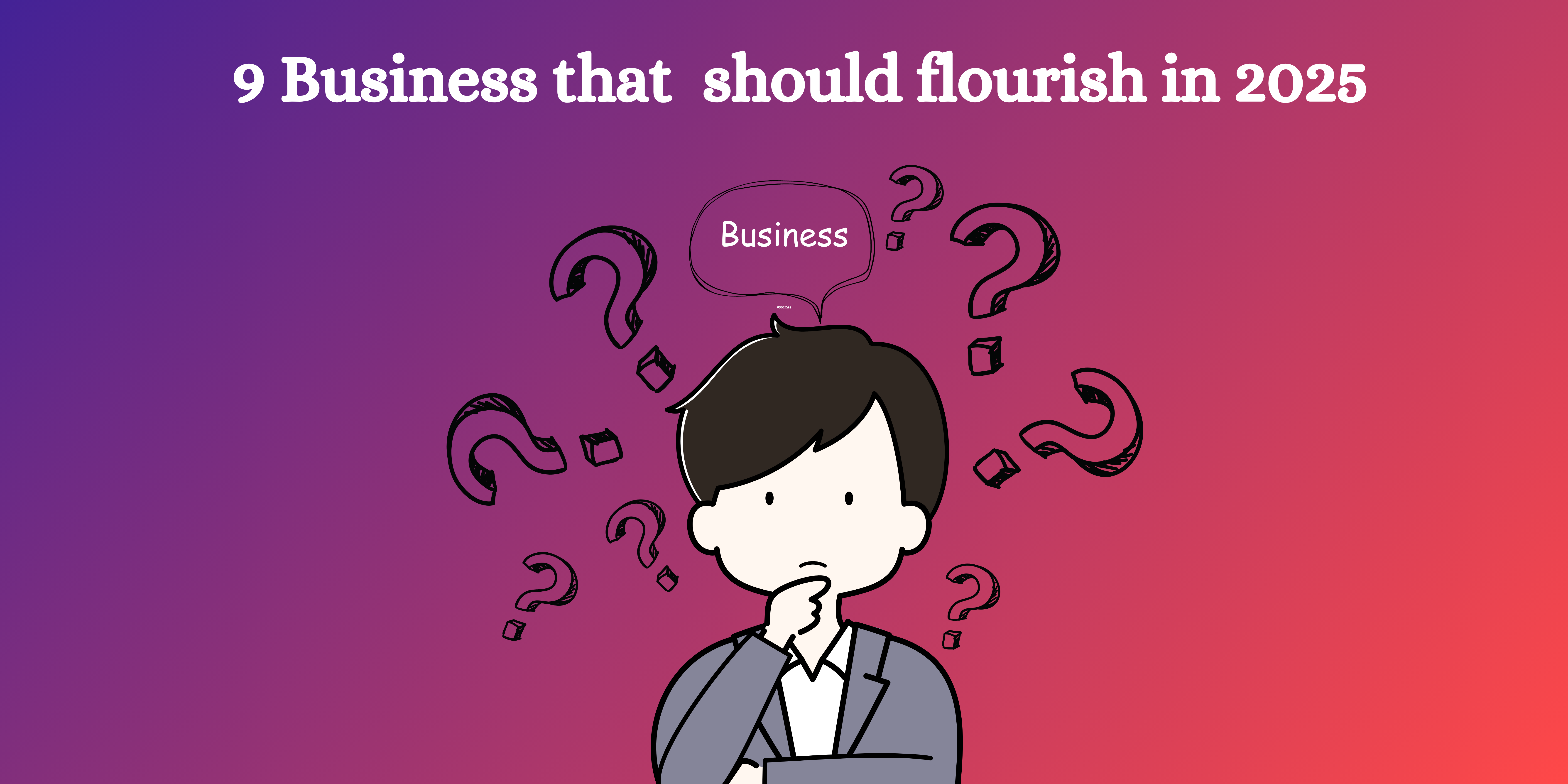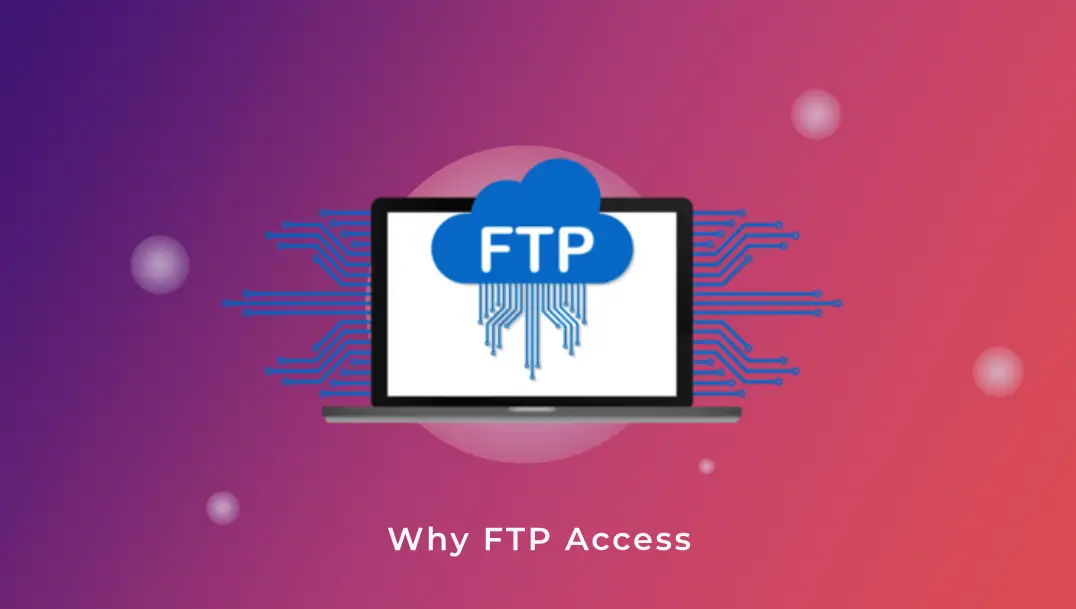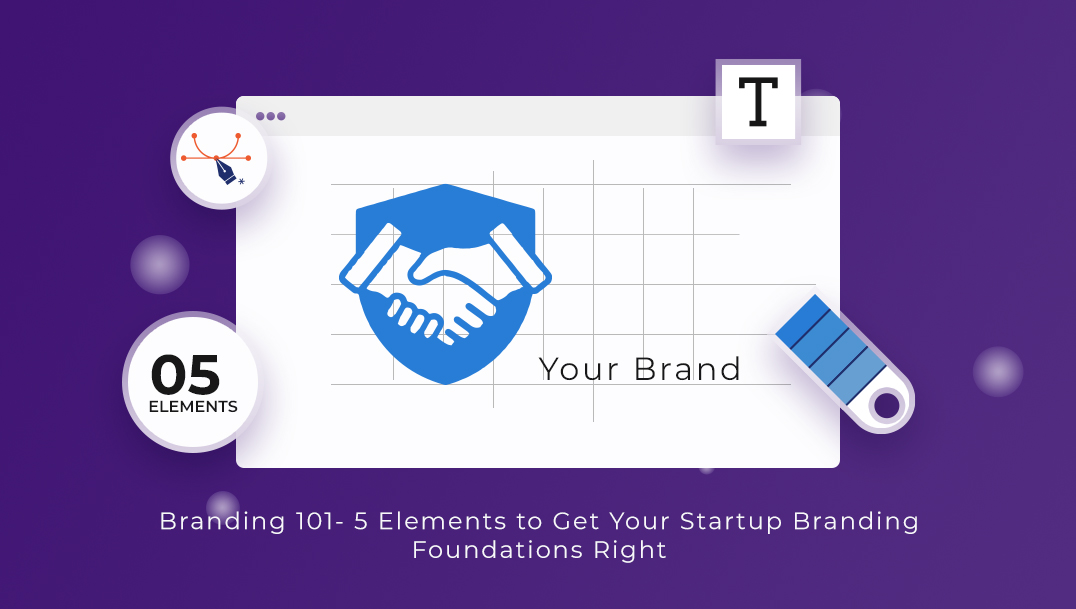Whether shopping online or paying for a pizza, the “PAY” button has made our lives easier. However, the ‘easier’ life can be jeopardized if the payment gateway is not the correct one with the highest level of security. If you use WordPress for your e-commerce business, you are already ahead of the game. WordPress provides the flexibility to choose the desired payment gateway. However, there are a variety of options to choose from. You simply need to decide which option is right for your business. We already did the homework for you and came up with 9 factors to consider when choosing a payment gateway.
What is Payment Gateway?
A payment gateway permits a website to securely capture and transmit payment details to a payment network in order to process eCommerce transactions. After that, the website receives transaction data and answers from the payment network. Paypal and Stripe are two of the popular payment gateways.
However, one thing that can cross your mind is, why you should choose a WordPress payment gateway and not a payment processor. Well, we heard you!
Make The First Choice
There are 4 types of payment gateways to choose from. All these payment gateways have their own pros and cons. You just have to choose the one that suits your business the best.
- Hosted Payment Gateway
- Self-hosted payment gateway
- API/Non-hosted payment gateway
- Local Bank Integration
Let’s understand these 4 types of payment gateways in detail.
Hosted Payment Gateway
Hosting payment gateways redirect the customer away from your checkout page. Then the customer is redirected to the Payment Service Provider (PSP) page upon clicking the gateway link. After entering payment details, the customer is redirected back to your website to finish the payment process. One of the most widely known hosted payment gateways is PayPal.
Pros –
1. Simple – This type of payment gateway is simple and easy to use, and most people are also familiar with a hosted payment gateway.
2. Secure – In hosted payment gateways, transactions are usually PCI compliant and offer fraud protection. So along with being simple and customizable, it’s also a safer option for eCommerce businesses.
Con –
- The seller cannot manage the entire user experience because the gateway is external.
Self-hosted payment gateway
Payment information is gathered from customers on the sales page using this type of gateway. The gathered data is delivered to the payment gateway‘s URL when the information is requested. Some payment gateways want payment information in a particular format, while others demand a hash key or secret key. Self-hosted payment gateways include QuickBooks, and Shopify Payments, both of which are powered by Stripe.
Pros and cons of self-hosted payment gateways–
Pros-
- Customizable Flow – The sellers have control over the payment procedure.
- Better Customer Experience – In self-hosted payment gateways, all the transactions are completed in one place, so it is very customer-friendly.
Con-
- Usually, if your self-hosted payment gateway goes down, you don’t have a team of experts to support you. This could be a huge issue that could require a professional to resolve.
API/Non-hosted payment gateway
In this type of gateway, payments are handled via an API (Application Programming Interface) or HTTPS inquiries. Customers submit their credit or debit card information directly on the merchant’s checkout page with API-hosted payment gateways.
Pros and cons of API/Non hosted payment gateways-
Pros –
- Customizable- API-hosted payment gateways offer complete control over the customer experience. The UI of the transaction can also be customized to make it customer-friendly.
- Capable of integration – This type of payment gateway can be used on any device connected to the internet. This mobile device’s friendliness makes this payment gateway a popular pick.
Con –
- Security – In API-hosted payment gateways, sellers have to comply with PCI DSS and purchase SSL certificates to ensure payment security. Due to the fact that sellers must do this on their own, the process can be hectic.
Local Bank Integration
Customers are sent to the payment gateway’s website (the bank’s website) through local bank integration gateways, where they submit their payment and contact information. The consumer is sent back to the seller’s website after making the payment, and payment notification data is supplied with the redirection.
Pros and cons of Local Bank Integration-
Pros-
- Fast and easy setup – If you want a simple one-time payment structure, this is the option for you. Because this is not only easy but also fast to set up.
Cons-
- Offers only payment features – Sometimes returns and recurrent payments are frequently not possible, making it unsuitable for wholesalers.
Choose a payment gateway based on these 9 factors
Now let’s come to the star topic: what are the factors that you need to consider for your eCommerce business in WordPress?
It depends on various factors. You probably know the famous term in the technical world, there are never enough features. The concept is the same for payment gateways too. Here are 9 of those features that we discussed below.
- Security Assurance
Verify that the gateway service provider complies with the Payment Card Industry Data Security Standard at level 1. (PCI DSS). PCI DSS is the industry standard for websites that accept card payments online, and the requirements require multi-layer defense, encrypted data transmission, and data protection architecture to ensure a safe transaction. Your customer’s data is safe, and his privacy is protected, thanks to recognition. Gateway providers should have tools like a fraud monitoring system, 3D security, Address Verification System (AVS), IP geolocation, and so on.
- Easy integration of website
From a commercial standpoint, integrating the payment process with your own website as well as various credit cards and financial institutions is one basic necessity that payment gateways should provide. Preferably, you should choose a payment gateway provider that allows your clients to land on the payment gateway provider’s site after checking out, pay the bill, and then return to your website after the transaction is complete. You can make the integration as basic as possible.
- Multiple Currency Processing
Are you thinking of spreading your eCommerce business globally? Then having multiple currency support in your payment gateway is a must. Whether they support multi-currency transactions and whether there are any regional limits. International customers contribute significantly to your company’s and brand’s success.
- Recurring Billing Support
If you are thinking of building a subscription marketplace or eCommerce website or providing some kind of membership to your customers, then you should be ensuring that the payment gateways you’re considering accept automated payments for recurring plans. If they don’t, your clients will have to manually renew each month, which might be inconvenient.
- Easy checkout on all kinds of devices
Did you know that 79% of customers made online purchases through mobile devices this year? Imagine losing the majority of customers because your payment gateway does not support all devices. That is you need to check if the payment gateway has a checkout process that is suited for all mobile devices.
- Better customer support
The heart of any eCommerce business is undoubtedly its customers, so when it comes to responding to their queries, check if the payment gateway offers live technical support and chat option rather than emails. This way customers’ problems can be solved quickly.
- Transparent Fee Structure
Before joining up for a service, be aware of the service provider’s cost structure. There are costs linked with them that will increase your earnings level in the future. A few gateways charge a fee per transaction, while others charge a monthly subscription fee for a certain amount of transactions.
- Seamless site navigation
If your payment gateway has a feature that allows businesses to create pages for customer checkouts, you can set it up so that clients aren’t diverted to another page while executing their payments.
- Mass Payment Option
This is specifically useful if you are thinking about converting your eCommerce website to an online marketplace using a featured enriched plugin like MultiVendorX. And want to know the best payment gateway for an online marketplace. Then make sure that the payment gateway offers a mass payment option. Because it will help you to pay multiple sellers at the same time.
7 best Woocommerce payment gateway in WordPress
- Stripe
The Stripe Payments plugin is one of the most popular WordPress payment plugins, and it accepts. You can use this shortcode-friendly payment plugin to effectively serve your needs. The plugin has a ‘remember me’ function that allows you to use a single-click payment approach.
Key Features of Stripe
- Stripe supports credit card payment.
- Donations can also be accepted in stripe.
- Banking transactions run smoothly.
- Stripe is available in multiple countries.
- Direct transactions can be made from the Stripe dashboard.
- Sandbox Mode is available in Stripe.
Stripe payment gateway price
The monthly cost of the Stripe API is $0. But it charges a transaction fee of 2.9% and 30 cents.
2. Paypal
PayPal is a widely used payment gateway in the world, therefore having it on your site is essential for a positive client experience. Your customers will be able to skip the steps where they must enter payment information with the help of this extension.
Key Features of Paypal
- Paypal supports instant payment.
- It accepted credit cards
- Paypal supports multi-currency and multi-language
- It has ACH payments and eCheck processing.
Paypal payment gateway pricing
Paypal charges 2.9%+0.30 cents per transaction.
3. WPPayForm
WPManageNinja’s WPPayForm is the most recent and powerful freemium payment gateway plugin for WordPress.
Key features of WPPay
- WPPayForm has a user-friendly website.
- You can create a responsive payment form.
- They have a security system.
- The checkout process is mobile-friendly.
- WPPayForm supports multi-language
- Sandbox mode is also available in WPPayForm.
WPPayForm payment gateway pricing
WPPayForm has 3 pricing plans. These are :
- Single Site License – $59.00
- Agency License (Up to 20 Websites) – $99.00
- Unlimited Site License – $299.00
4. WP Simple Pay
Another freemium WordPress payment gateway plugin for WordPress users is WP Simple Pay. Because this is a Stripe-based payment gateway plugin, just Stripe clients can use it on their site.
Key features of WP Simple Pay
- The payment collection process is simple.
- The whole payment process is mobile-friendly.
- WP Simple Pay supports coupons.
- You can create unlimited payment forms.
- It also supports multiple languages.
WP Simple Pay payment gateway pricing
WP Simple Pay also has 3 pricing plans like WPPayForm. These are-
- Personal – $49.00
- Business(Up to 3 Websites) – $99.00
- Elite – $249.00
5. Multipay
This is a free e-commerce plugin with numerous payment channels. MultiPay accepts payments from the PayPal, Stripe, and WorldPay payment gateways.
Multipay Key features
- Multipay is simple to set up and easy to use.
- It also supports multiple payment gateways.
- Multipay is highly configurable.
- It supports coupons, vouchers, and marketing campaigns.
Multipay payment gateway pricing
Multipay charges $0 per month.
6. Mango Pay
MANGOPAY is a payment system developed for online marketplaces, and sharing economy businesses for easy and quick mass payment.
Mango Pay key features
- Mango Pay supports multiple languages.
- It has an easy transaction process.
- It is specially designed for developers.
- Mangopay also has money-laundering prevention tools.
Mangopay payment gateway pricing- Mangopay charges 1.4% + €0.25 per transaction.
7. RazorPay
Razorpay was founded by Shashank Kumar and Harshil Mathur in 2015. Razorpay is building a new-age digital banking platform for businesses in India. With its product suite, Razorpay is a payment system that allows companies to accept, process, and distribute payments.
RazorPay key features
- RazorPay offers zero Setup Cost.
- It supports multi-currency payment processing.
- RazorPay offers a secured server.
- It also supports debit card payment.
RazorPay payment gateway pricing
RazorPay charges 2% per transaction.
Final Thoughts,
It’s time to buckle up and make sure that all the factors listed above make sense for your WordPress payment gateway, and that you find the perfect match for your business needs. Choosing the right payment gateway for your e-commerce business isn’t easy, but it’s worth it because it works as a strong pillar. Start eliminating your customer issues today with the best payment gateways.

